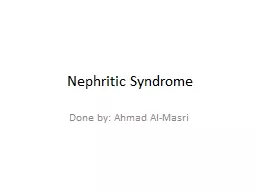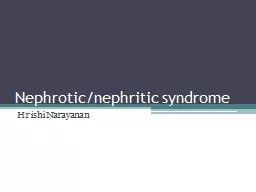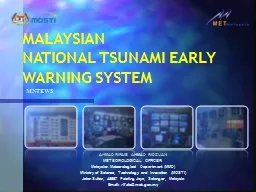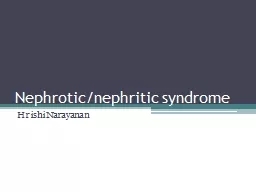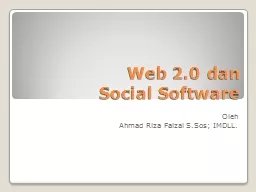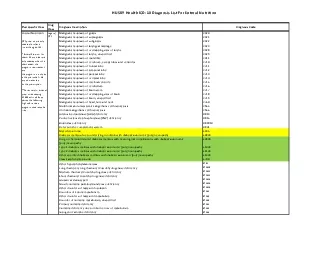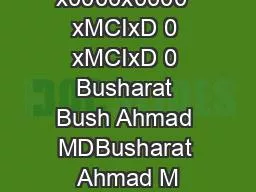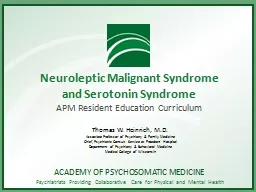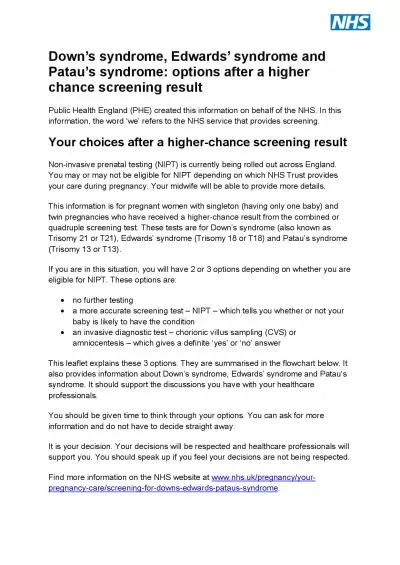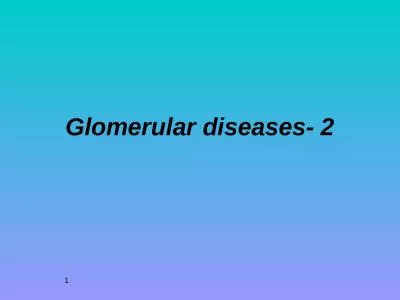PPT-Nephritic Syndrome Done by: Ahmad Al-
Author : Dragonfruit | Published Date : 2022-08-03
Masri Its an Inflammatory process that involves glomeruli damage involving the basement membrane capillary endothelium and mesangium while in nephr
Presentation Embed Code
Download Presentation
Download Presentation The PPT/PDF document "Nephritic Syndrome Done by: Ahmad Al-" is the property of its rightful owner. Permission is granted to download and print the materials on this website for personal, non-commercial use only, and to display it on your personal computer provided you do not modify the materials and that you retain all copyright notices contained in the materials. By downloading content from our website, you accept the terms of this agreement.
Nephritic Syndrome Done by: Ahmad Al-: Transcript
Download Rules Of Document
"Nephritic Syndrome Done by: Ahmad Al-"The content belongs to its owner. You may download and print it for personal use, without modification, and keep all copyright notices. By downloading, you agree to these terms.
Related Documents

